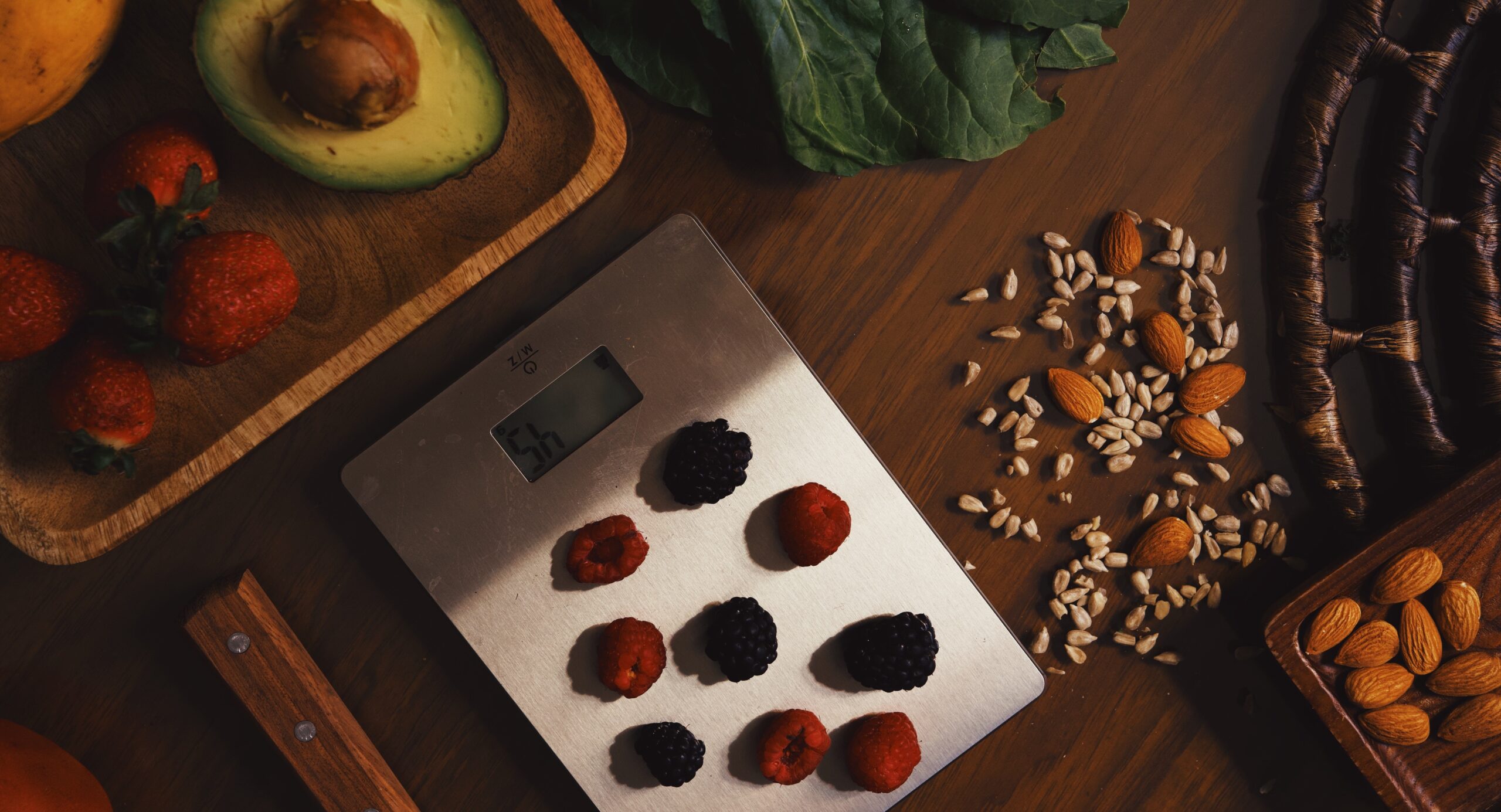The lowdown on Gut and Mental Health
So, what’s the deal with gut health?
Gut Health has certainly been a hot topic of the last 5 years or so, and for good reason. As more and more research emerges, we are finding an increased link between a happy gut, and a happy physical self.
You may have heard of terms such as:
- the gut microbiome
- gut flora
- or even about the “good bacteria” or “bugs” in our digestive systems
All referring to the environment our guts create to support healthy digestion, as well as some new, quite exciting developments.
The Gut Brain Connection – a bi-directional effect
Interestingly, we now know about the strong link between our gut and brain.
This link is not only brain > gut, but also gut > brain. Something we call bi-directional communication.
Meaning (in a very simplified way, AND in absence of other gut-related issues):
- A less stressed human can lead to a less stressed gut
- And a healthy gut can lead to a less stressed human
Now, as caveat to this point, there are many outside factors that can impact this relationship. So it’s important to remember that this is just one way we can support our diverse, individual and complex bodies.
But it is still pretty cool!
Examples of this gut brain communication:
Some tangible ways individuals can understand the immediate and visceral impact of this connection is through some common sayings or shared feelings.
I’m sure you may have experienced at least one, or even all of these feelings:
- Butterflies in the stomach before a first date
- Your stomach dropping when you hear bad news
- Or needing to run to the bathroom before a big presentation
So, you can imagine the impact of chronic stress, anxiety or depression on the function of our digestive systems long-term.
Supporting the GUT > BRAIN connection
To support a healthy and varied gut environment we can:
- Eat enough. A starved human = a starved gut. If we limit our diet or the variety of food we eat, we reduce the amount of “good bacteria” in our gut. Eating enough is the first step towards a happy gut.
- Variety is key. Eating a wide range of different foods leads to more diverse populations of gut bugs. And we know that when it comes to gut health, this is a really good thing!
- Probiotics and Probiotics. Probiotics are beneficial bacteria that are found in certain foods whereas prebiotics are a type of fibre that feed these good bacteria in our gut. Probiotics are found in certain foods such as yoghurt, kefir, kimchi, miso. Prebiotics are mainly found in fruits, veggies and wholegrains, they are types of fibre that can’t be digested. Instead they are broken down and used as ‘fuel’ for the good gut bacteria.
- Fermented Foods. The process of fermenting usually involves microorganisms like bacteria and yeasts breaking down food components (e.g. sugars) into other products (e.g. acids, gases or alcohol). Examples include yoghurt, kimchi, sauerkraut and kombucha. These foods work to help our gut bugs by enhancing their function and reducing the abundance of the bad bacteria in our gut.
- Fibre acts as a food source for the good bacteria in our gut. Eating enough fibre, will feed the good bacteria and help them thrive by increasing the amount and different types of good bacteria in our gut.
Supporting BRAIN > GUT connection
- Stress management. Stress has been shown to reduce the diversity and population of gut bacteria in our gut. It can also affect how quickly food moves through the body, which can cause gut symptoms like diarrhoea or constipation. Practising regular stress management can help our gut bacteria thrive.
- Breathing. Taking slow, deep breaths helps calm our mind and body when we experience feelings of stress or anxiety. When we are stressed or anxious, our body goes into the fight-or-flight mode, which causes blood flow to move away from our gut to the larger muscles. This affects our gut bacteria and digestion. By counteracting this fight-or-flight mode with deep, slow breaths we can reduce muscle tension and help our gut.
- Gut directed hypnotherapy. This is a special form of hypnosis that is used to help with managing functional gut disorders like irritable bowel syndrome. It helps to address the ‘miscommunication’ between the brain and gut.
- Yoga/Meditation. Similar to breathing, yoga and meditation has been shown to help with managing the stress responses within our body, helping to support a happy gut.
- Trauma Awareness and Support Techniques. Studies have shown that people with a history of trauma had different gut microbiomes to those that didn’t. Trauma is a very personal experience and support with this will look different for each person. Speaking with a trusted Therapist or Counsellor can help you find support techniques that are beneficial for you.
References
Drossman, D. A. (2016). Functional Gastrointestinal Disorders: History, Pathophysiology, Clinical Features, and Rome IV. Gastroenterology, 150(6). doi:10.1053/j.gastro.2016.02.032
Enders, G. (2015). Gut: The Inside Story of Our Body’s Most Underrated Organ. Royal Oak, MI: Scribe Publishing.
Hajela, N. (2015). Gut microbiome, gut function, and probiotics: Implications for health. Indian J Gastroenterol. 2015 Mar;34(2):93-107. Ottilinger B. (2013). STW 5 (Iberogast®)–a safe and effective standard in the treatment of functional gastrointestinal disorders. Wien Med Wochenschr. Feb;163(3-4):65-72.
Lackner, J. M., Ma, C., Keefer, L., Brenner, D. M., Gudleski, G. D., Satchidanand, N., … Mayer, E. A. (2013). Type, Rather Than Number, of Mental and Physical Comorbidities Increases the Severity of Symptoms in Patients With Irritable Bowel Syndrome. Clinical Gastroenterology and Hepatology, 11(9), 1147–1157
Mahler, T. (2015). Education and Hypnosis for Treatment of Functional Gastrointestinal Disorders (FGIDs) in Pediatrics. American Journal of Clinical Hypnosis,58(1), 115-128.
Peters, SL. (2016). Randomised clinical trial: the efficacy of gut-directed hypnotherapy is similar to that of the low FODMAP diet for the treatment of irritable bowel syndrome. Aliment PharmacolTher. Sep;44(5):447-59.
Schumann, D., Langhorst, J., Dobos, G., & Cramer, H. (2018). Randomised clinical trial: yoga vs a low-FODMAP diet in patients with irritable bowel syndrome. Alimentary Pharmacology & Therapeutics, 47(2), 203–211. http://doi.org/10.1111/apt.14400
Van der Kolk, Bessel A. The Body Keeps the Score: Brain, Mind, and Body in the Healing of Trauma. 2014.
Find more interesting blogs here.










